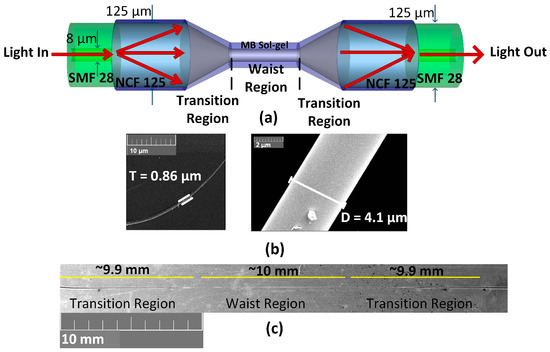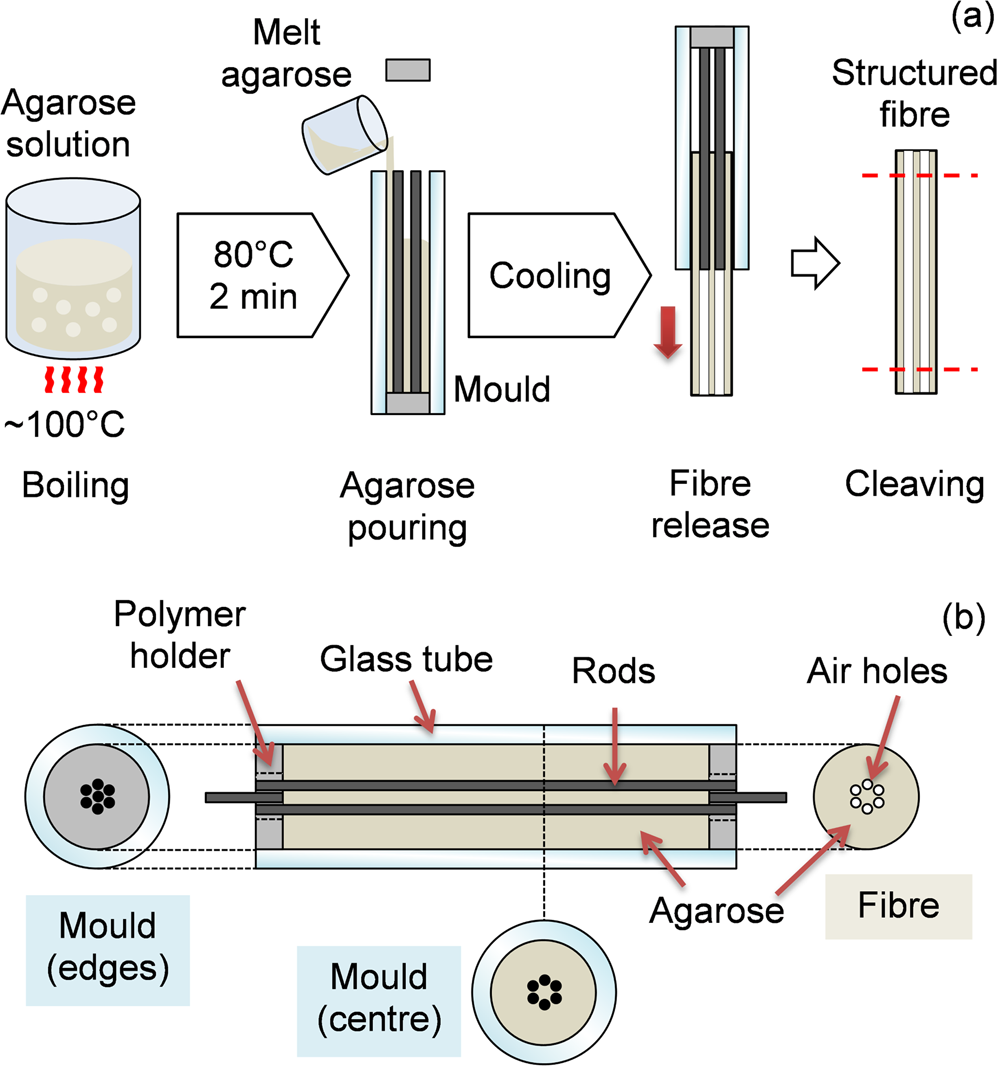Why Every Fibre Optic Manufacturer Needs an Optical Fibre Diameter Analyser for Quality Control
Why Every Fibre Optic Manufacturer Needs an Optical Fibre Diameter Analyser for Quality Control
Blog Article
Exactly How an Optical Fibre Diameter Analyser Improves Top Quality Control in Fibre Manufacturing
The integration of an Optical Fibre Diameter Analyser right into Fibre production procedures represents a substantial advancement in quality control approaches. By using real-time, accurate dimensions of Fibre diameters, this modern technology addresses the critical need for consistency in manufacturing standards.

Value of Fibre Diameter Dimension
Accurate measurement of Fibre Diameter is essential in the area of optical Fibre modern technology, as it directly affects the performance and reliability of Fibre optic systems. The Diameter of an optical Fibre affects its light-carrying capacity, attenuation, and general transmission performance. Precision in determining Fibre Diameter makes certain that the optical buildings are preserved within specified tolerances, which is essential for optimum signal stability.
Variants in Fibre Diameter can bring about increased losses due to spreading and modal dispersion, impacting the quality of information transmission. In high-speed communication systems, such inconsistencies can result in significant deterioration of signal high quality, causing data errors and minimized efficiency. In addition, constant Fibre Diameter is important for compatibility with connectors and splicing innovations, which are essential parts of Fibre optic networks.
Quality assurance procedures in Fibre manufacturing greatly count on precise Diameter measurements to make certain conformity with industry standards. By applying durable dimension strategies, makers can boost product dependability, lessen waste, and improve overall system efficiency. Hence, the importance of Fibre Diameter measurement can not be overstated, as it acts as a keystone in the innovation of optical Fibre technology and its applications in modern-day communication networks.
Just How the Analyser Works
The efficient dimension of Fibre Diameter depends on sophisticated logical methods that ensure accuracy and dependability in optical Fibre production (optical fibre diameter analyser). The Optical Fibre Diameter Analyser employs a combination of laser innovation and progressed picture processing algorithms to properly examine the Diameter of fibres as they are created
Initially, a laser light beam is directed at the relocating Fibre, creating a cross-sectional shadow. The analyser records this shadow using high-resolution video cameras placed strategically along the assembly line. The captured images are after that processed in real-time to figure out the Fibre's Diameter with phenomenal accuracy.
The system utilizes innovative algorithms that account for numerous factors, consisting of variants in light intensity and environmental conditions, to improve measurement dependability. It can find minute adjustments in Diameter, such as fluctuations that might take place throughout the manufacturing process.
Furthermore, the analyser is qualified of dealing with multiple fibers simultaneously, enhancing throughput without jeopardizing accuracy. By providing rapid feedback on the Diameter, the Optical Fibre Diameter Analyser plays a critical role in keeping rigorous high quality control criteria, guaranteeing that the end product meets industry requirements and client requirements.
Advantages of Real-Time Surveillance
While traditional approaches of keeping an eye on Fibre Diameter often include lengthy post-production checks, real-time surveillance considerably boosts the performance and top quality of optical Fibre production. optical fibre diameter analyser. This proactive approach permits manufacturers to identify inconsistencies in Fibre Diameter as they take place, instead of waiting up until manufacturing is complete to analyze quality
By continuously gauging the Diameter throughout manufacturing, producers can guarantee that the fibers satisfy stringent requirements, causing decreased variability and improved uniformity. Real-time monitoring also enables immediate rehabilitative activities to be taken, lessening waste and stopping faulty fibers from find out here entering the supply chain.
In addition, this innovation promotes boosted information collection and evaluation, giving understandings right into manufacturing fads and prospective areas for improvement. Such data-driven decision-making empowers suppliers to enhance procedures and preserve high criteria of quality assurance.
Furthermore, real-time tracking cultivates a society of continuous enhancement within the manufacturing setting. Staff members are extra engaged when they can see the effect of their job in real-time, bring about increased liability and a commitment to excellence. On the whole, the implementation of real-time monitoring systems in optical Fibre production converts to superior product top quality and increased client complete satisfaction.
Effect On Manufacturing Effectiveness
Applying optical Fibre Diameter analysers dramatically boosts manufacturing performance by streamlining the manufacturing process. These tools help with continuous tracking of Fibre Diameter, allowing suppliers to find inconsistencies in real-time. By recognizing disparities quickly, manufacturing lines can be changed promptly, decreasing downtime and reducing the probability of generating malfunctioning items.
In addition, the integration of these analysers into the manufacturing workflow enables much better source allowance. With exact Diameter measurements, operators can optimize material usage, guaranteeing that sources are not squandered on flawed fibres. This accuracy also adds to much less junk and remodel, ultimately lowering production costs.
The automation given by optical Fibre Diameter analysers decreases reliance on hands-on assessments, which are prone and usually lengthy to human mistake. Therefore, workers can concentrate on more critical tasks, enhancing general site web efficiency.
Additionally, the data produced from these analysers can notify process renovations and facilitate better decision-making. By analyzing fads in Fibre Diameter variations, manufacturers can execute positive actions to enhance manufacturing techniques and preserve consistent quality. In recap, optical Fibre Diameter analysers play an essential duty in enhancing production performance, bring about greater top quality outcome and enhanced profitability.
Instance Studies and Success Stories
Across various fields, study highlight the transformative effect of optical Fibre Diameter analysers on manufacturing processes. One noticeable instance is a leading telecommunications company that encountered challenges with inconsistent Fibre sizes, bring about increased being rejected prices. By integrating an optical Fibre Diameter analyser, the business attained real-time tracking of Fibre measurements, resulting in a 30% reduction in issues and considerable price savings.

Additionally, a research study organization concentrating on innovative products used optical Fibre Diameter analysers to fine-tune their experimental processes. The analyser's capability to offer detailed understandings right into Fibre uniformity allowed the advancement of innovative products with improved performance characteristics.
These success tales emphasize the vital function of optical Fibre Diameter analysers in boosting high quality control, improving manufacturing efficiency, and driving innovation throughout varied sectors.
Conclusion
In conclusion, the Optical Fibre Diameter Analyser plays a pivotal function in boosting quality control within Fibre production. As demonstrated via different situation researches, the analyser confirms necessary for achieving premium product quality in Fibre production.

The application of optical Fibre Diameter analysers enabled for rigid top quality control, guaranteeing that the created fibres fulfilled exacting industry criteria.In conclusion, the Optical Fibre Diameter Analyser plays an essential duty in boosting quality control within Fibre production.
Report this page